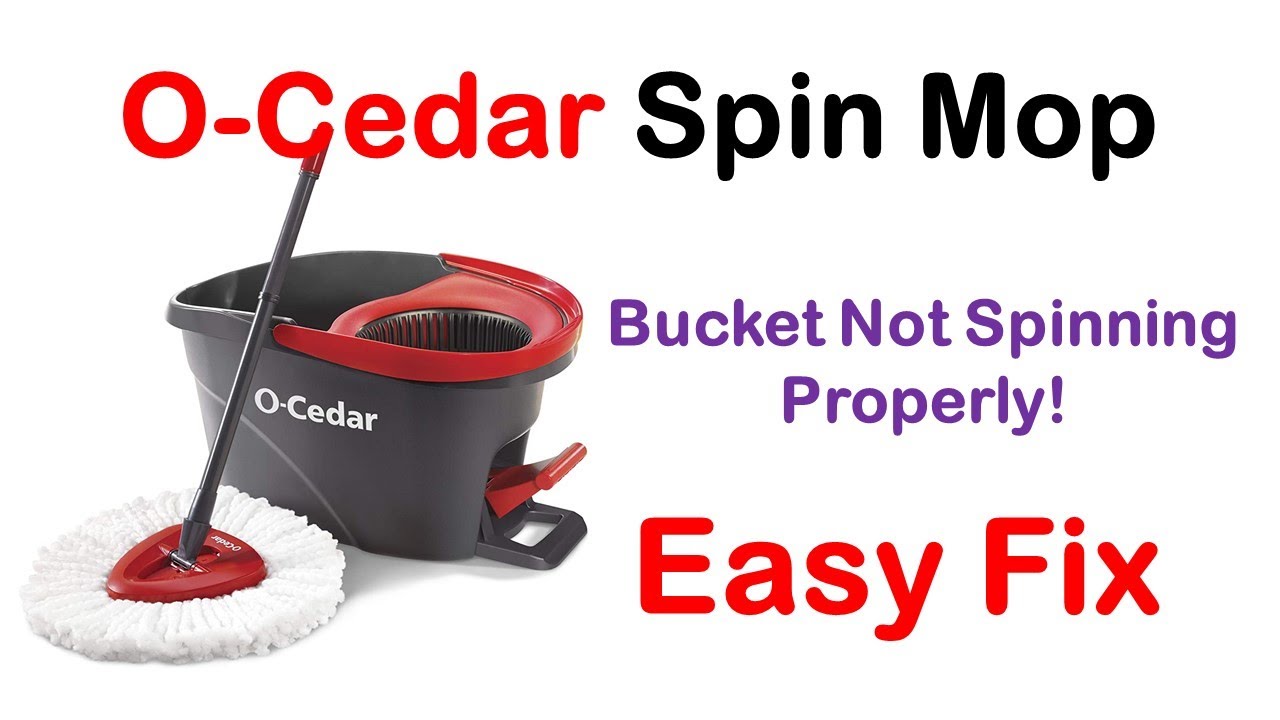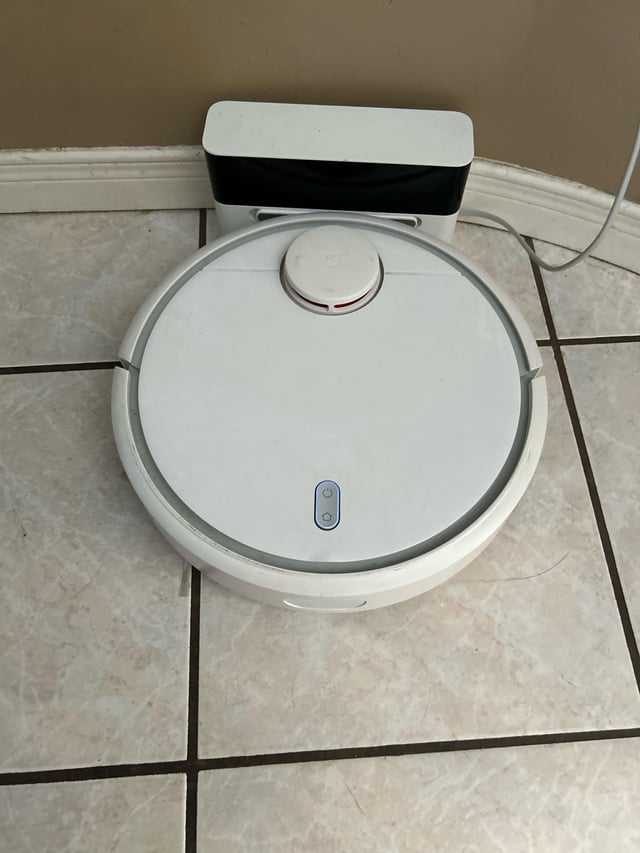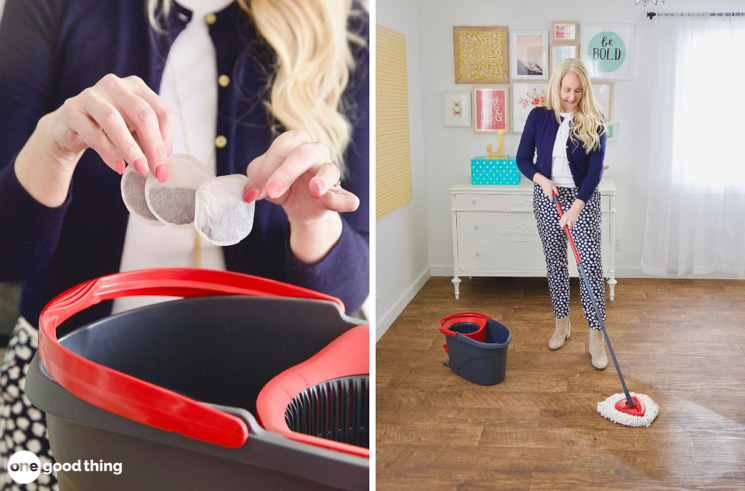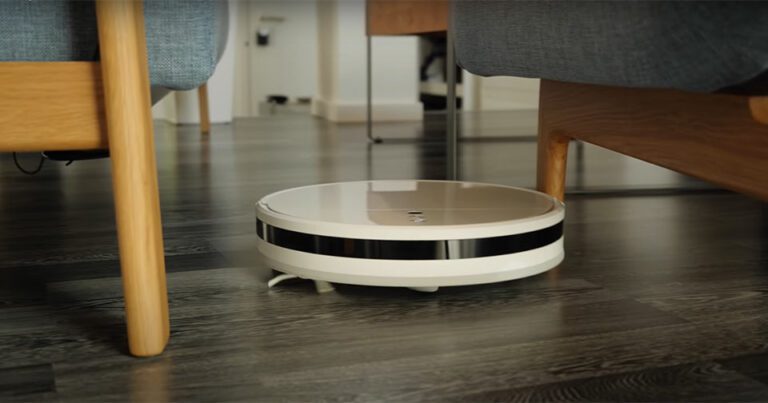How to Repair Mop Bucket?

To repair a mop bucket, first identify the broken component. Replace the wringer, wheel, or handle as necessary for a quick fix.
Mop buckets are essential tools for maintaining clean environments in homes, offices, and commercial spaces. They’re subjected to frequent use, which can lead to wear and tear of parts such as wheels, wringers, and handles. Repairing a mop bucket promptly can extend its lifespan and save on costs associated with purchasing a new one.
Simple fixes, like tightening a loose handle or replacing a broken wheel, can be done with basic tools and spare parts. It is vital for individuals or cleaning staff to regularly check these components and perform maintenance to ensure the mop bucket functions efficiently. By addressing repair needs quickly, the workflow of cleaning processes remains uninterrupted, leading to a more productive and hygienic space.
Common Issues With Mop Buckets
Broken Wheels: Mop buckets often face wheel issues. A wheel might break or stuck. Fixing this requires a replacement wheel. Match the size and type to your bucket’s original ones. Carefully remove the damaged wheel. Install the new one by either screwing it in or snapping it into place. Check the wheel’s movement ensure a smooth roll.
Leaky Bucket: Holes or cracks can cause leaks. To fix, dry the bucket completely first. Then, apply a sealant specifically designed for plastics. Spread it over the leak area. Allow it to dry completely before using the bucket again. Recheck the seal to make sure the leak is fixed.
Preparation For Repair: What You’ll Need
Gearing up to fix your mop bucket requires the right tools and materials. Make sure you have a list to check off what’s needed. Gather these items: a screwdriver, pliers, replacement wheels, nuts, and bolts. Don’t forget specific parts like a wringer or bucket handle, depending on what’s broken.
Always put safety first. Wear thick gloves and eye protection to avoid any injuries while working on your repair project. Keep a first aid kit close by just in case. This way, you stay safe while bringing your mop bucket back to life.
Step-by-step Wheel Replacement Guide
Repairing a mop bucket requires simple steps. Begin by flipping the mop bucket to access its wheels. Wheels are typically fixed with screws or clips. Use a screwdriver or pliers to remove these. Take off the defective wheels by slowly pulling them out. Be sure to keep all removed parts safe for reassembly.
With old wheels off, prepare the area for new wheel installation. Align the new wheels to the mounting area. Ensure they are straight and secure. Press firmly until they snap into place or screw them tightly if required. Test the wheels by rolling the bucket on the floor. Confirm that the wheels move smoothly before using the bucket again.
Fixing Leaks In The Bucket
Fixing leaks in a mop bucket requires attention to detail. First, empty the bucket and clean it thoroughly to spot the leak. Drying the area around the hole ensures a better seal later on. With a marker, circle the leak to keep track of it during the next steps.
Once identified, the next step is to apply a sealant. Choose a waterproof sealant that is compatible with the bucket’s material. Follow the manufacturer’s instructions carefully. Sealant application must be even and smooth to create a watertight barrier. Allow appropriate drying time before testing the bucket for leaks again.
Maintaining Your Mop Bucket
Maintaining your mop bucket means regular cleaning and checks. Keeping a mop bucket in top shape is simple. Start with a weekly routine of cleaning it out. Use warm soapy water to wash every part. Rinse the bucket well after washing. Make sure to dry it completely to avoid mildew. Taking care of your bucket preserves its life.
Do a periodic inspection for wear and tear. Look over the wringer, wheels, and handle. Check for any cracks or damage. Wheels should roll smoothly, without any sticking. Replace any parts that seem worn out. This keeps the bucket safe and efficient.
Troubleshooting Uncommon Mop Bucket Problems
Mop bucket handle problems can be quite frustrating. Common issues include broken handles or difficulty adjusting the ringer mechanism. To fix a handle, first, make sure that all parts are connected properly. If the handle is broken, you may need to replace it with a new one from a hardware store. Ensure that the replacement is compatible with your mop bucket.
To adjust the ringer mechanism, locate the adjustment knob or lever. This is often found near the handle base. Turn or slide this control to change the ringer’s tightness or position. If the mechanism refuses to move, check for debris or damage. You might need to clean or lubricate the moving parts to restore smooth operation.

Credit: m.youtube.com
Conclusion
Fixing a mop bucket is simpler than expected. With basic tools and patience, anyone can do it. Remember, routine checks prevent future leaks and breaks. Tackle issues early to prolong your bucket’s life. Happy mopping and effortless cleaning await with a well-maintained mop bucket.



